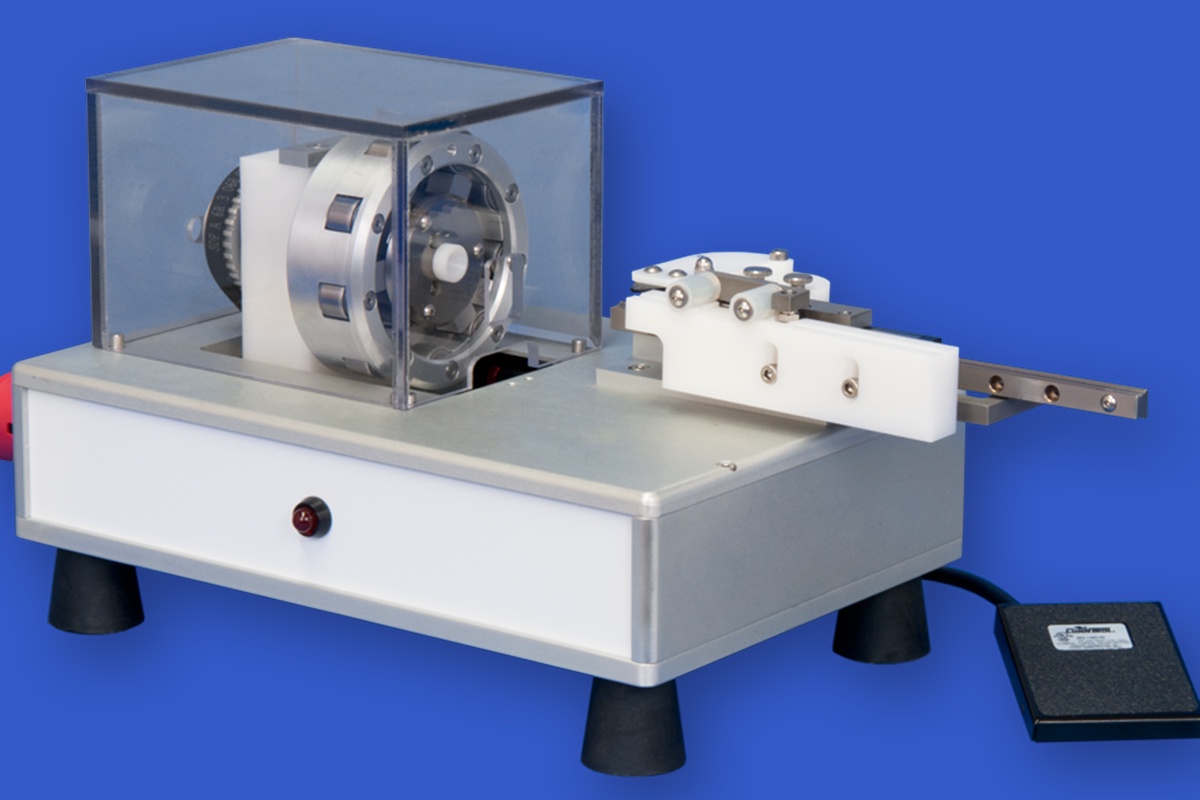In the world of metalworking, precision and efficiency are key factors in achieving high-quality results. Among the various techniques and machinery used in this industry, the swaging machine stands out as a versatile and indispensable tool. Swaging, which is a process of shaping and reducing the diameter of metal tubes or rods, is essential in manufacturing a wide range of products, from aerospace components to musical instruments. In this article, we will delve into the world of swaging machines, exploring their history, operation, applications, and benefits.
- History of Swaging Machines
Swaging is not a new concept; it has been used for centuries in various forms. Historically, it was performed manually, often with hammers and dies. The term "swage" itself derives from Old English and means to "shape" or "form." Over time, manual swaging evolved into a more precise and automated process with the advent of swaging machines.
The development of modern swaging machines can be attributed to advances in engineering and metallurgy. During the Industrial Revolution, machine tools became more sophisticated, enabling the creation of highly precise and efficient swaging equipment. These machines have since become integral to the manufacturing processes in a variety of industries.
- How Swaging Machines Work
Swaging machines operate by applying force to a metal tube or rod to reduce its diameter and alter its shape. The key components of a swaging machine include:
a. Dies: Swaging dies are precision tools that are designed to match the desired shape and size of the final product. They are typically made from hardened steel and come in pairs to accommodate the metal workpiece.
b. Mandrel: A mandrel is a rod or shaft that is inserted into the workpiece to help maintain its internal diameter during the swaging process. It ensures that the inner dimensions remain consistent.
c. Force Application: Swaging machines can exert force in various ways, including hydraulic, mechanical, or electromagnetic methods. The force is applied to the workpiece through the dies, causing it to deform and take the shape of the dies.
d. Feed Mechanism: Many swaging machines have an automatic feeding system that moves the workpiece through the dies progressively, creating the desired shape and size.
- Applications of Swaging Machines
Swaging machines find applications across a wide range of industries, due to their ability to produce precise and high-quality metal components. Some notable applications include:
a. Aerospace: Swaging machines are used to create components like aircraft landing gear, control cables, and hydraulic lines, where precision and strength are crucial.
b. Automotive: In the automotive industry, swaging machines are employed to produce parts like axles, drive shafts, and exhaust systems.
c. Musical Instruments: Swaging is used to shape metal tubes in the manufacture of brass instruments like trumpets and trombones.
d. Medical Devices: The medical field utilizes swaging for manufacturing instruments such as hypodermic needles, surgical sutures, and dental implants.
e. Construction: Swaging machines are used in construction to produce structural components like reinforcing bars, commonly known as rebar.
- Benefits of Swaging Machines
The use of swaging machines offers several advantages to manufacturers and industries, including:
a. Precision: Swaging machines can produce highly precise components with tight tolerances, ensuring consistency and quality.
b. Strength and Durability: Swaged components often exhibit superior strength and durability due to the cold-working process.
c. Efficiency: These machines are capable of producing complex shapes and profiles with speed and efficiency, reducing production time and costs.
d. Material Savings: Swaging can reduce material wastage by optimizing the use of raw materials during the manufacturing process.
e. Customization: Swaging machines allow for the customization of components to meet specific design requirements, making them suitable for various industries.
Conclusion
Swaging machines have come a long way from their humble origins as manual tools. Today, they play a vital role in various industries, providing precision, strength, and efficiency in the production of metal components. Their ability to shape and reduce the diameter of metal tubes or rods makes them indispensable in sectors as diverse as aerospace, automotive, and musical instrument manufacturing. As technology continues to advance, we can expect swaging machines to evolve further, pushing the boundaries of what is achievable in the world of precision metalworking.


No comments yet